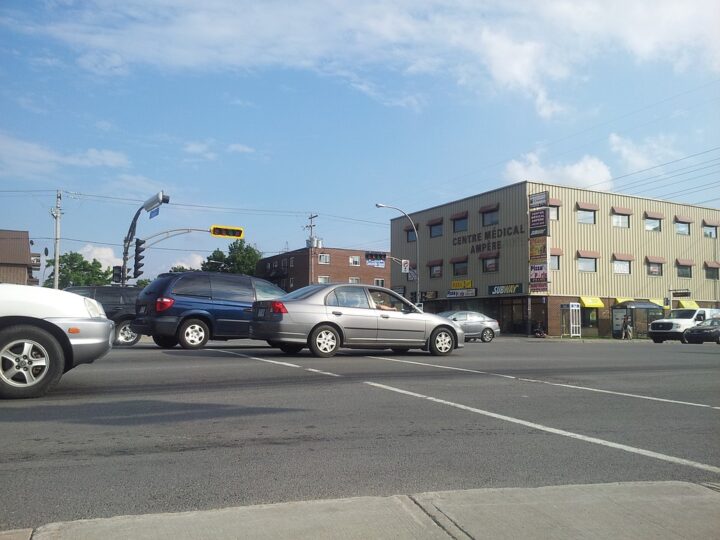When it comes to car insurance, understanding the different types of coverage available can be confusing. One type of coverage that often leaves drivers wondering when to use it is collision coverage. This type of coverage is designed to pay for the cost of repairing or replacing your vehicle if it is damaged in a collision with another vehicle or object.
Understanding when it’s necessary to use collision coverage can help you make informed decisions about your insurance coverage and ensure you are adequately protected in the event of an accident.
First, it’s important to note that collision coverage is not required by law in most states. However, if you are financing or leasing a vehicle, your lender or leasing company may require you to carry collision coverage as part of your auto insurance policy.
So, when should you use collision coverage? The most obvious time to use this type of coverage is when your vehicle is involved in a collision with another vehicle or object, such as a tree, fence, or guardrail. If your vehicle sustains damage in a crash, your collision coverage can help cover the cost of repairing or replacing your vehicle, minus your deductible.
It’s also important to note that collision coverage can be used regardless of who is at fault in the accident. This means that even if you are responsible for causing the collision, your collision coverage can still come into play to help cover the cost of repairing or replacing your vehicle.
Additionally, collision coverage can be particularly useful if your vehicle is damaged in a hit-and-run accident, where the other driver leaves the scene of the accident without providing their insurance information. In these cases, your collision coverage can help cover the cost of repairs to your vehicle, even though the responsible party may not be identified.
However, it’s worth considering that collision coverage typically comes with a deductible, which is the amount you’ll have to pay out of pocket before your insurance kicks in. It’s important to consider your deductible when deciding whether to use your collision coverage, as it can impact the overall cost of repairing or replacing your vehicle.
Ultimately, the decision of whether to use collision coverage will depend on your specific situation and the extent of the damage to your vehicle. If the cost of repairing your vehicle is significant and you cannot afford to pay for the repairs out of pocket, using your collision coverage may be the best option to get your vehicle back on the road.
Understanding when to use collision coverage is an important aspect of managing your auto insurance policy. By understanding the situations in which collision coverage is necessary, you can make informed decisions about your coverage and ensure that you are adequately protected in the event of an accident.



